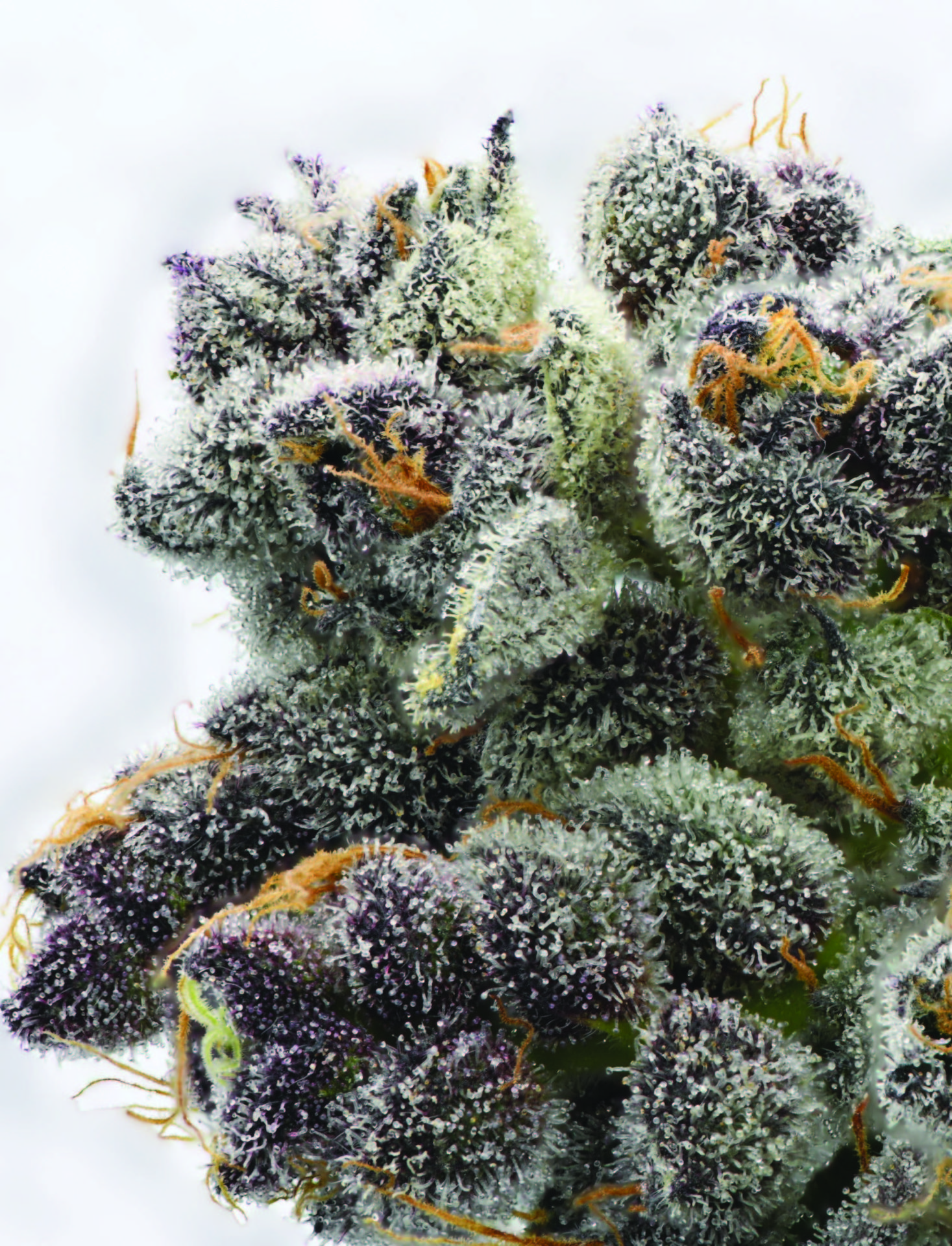Latest Rule Changes for New Mexico’s Medical Cannabis Program
By Jason Marks, Esquire
Kurple Magazine asked me to summarize what might interest patients about the new Department of Health Medical Cannabis Program regulations that went into effect on February 27, 2015. The information
that follows is not presented on behalf of, or endorsed by any of my specific clients, and is also not intended as legal advice to readers for their specific situations, or even legal advice generally.
Chronic Pain Certifications: It will now be easier and less expensive for chronic pain patients to become registered and renew their registrations. With the new rules, certification for chronic pain only requires one physician, instead of the two that used to be needed. And, while the initial certify- ing doctor needs to be a specialist in pain management or a specialist in the under- lying disease, renewals for patients with chronic pain can now be certified by a primary care physician.
Adequate supply As A Purchase Limit:
Since the start of the New Mexico Medical Cannabis Program “adequate supply” was simply a limit on the amount of medicine that could be legally possessed by a patient under state law at any one time – six ounces – based on a three-month usage. Under the new rules, adequate supply is both a possession and a purchase/sales limitation. The quantity has been increased to 230 units, which is equivalent to 230 grams (roughly 8 ounces) of dried cannabis. Extracts and edibles will also count towards the 230 units, with 200 mg. of THC in an extract or edible counting as one unit (a typical edible will count as 1 unit or less; for example, a chocolate bar with 100 mg. THC content would count as 0.5 units). Producers are required to track sales and cut-off a patient if 230 units are reached
in any rolling three-month period. For now, producers will track their own sales by patient, but Department of Health plans to rollout a centralized computer system at some point that will track each patient’s purchases across all producers.
70% THC Limit: The new rules impose a cap of 70% on the THC content of
any extract or concentrate. High-quality/purity BHO,
waxes and similar products that have potencies above 70% THC can no longer be sold by producers to patients, except by medical exception. It also means that a patient who
possesses a higher-potency concentrate obtained from another source risks state law criminal prosecution. Patients who use concentrates may considering applying for a medical exception and/or look for reformulated products at their producer that comply with the new rule.
Medical Exceptions: Patients who require quantities greater than 230 units of canna- bis and cannabis-derived products every three months, and/or require concentrates above 70% THC potency to experience relief can apply for medical exceptions from the Department of Health. The application for medical exception must include a signed statement by a medical practitioner explaining why the exception is medically necessary.
Testing & Labelling: When the new rules are fully implemented, producers will be required to test all cannabis and canna- bis-derived products offered for sale for; THC and CBD content, microbiological contamination, mycotoxins, heavy metals, moisture content, and solvent residue (for
products made using solvent extraction). Producers will not be able to sell any batch of medicine that cannot pass the contaminant testing standards. New labels will be lengthy, giving the results of testing with THC/CBD units, also identifying the grower, and manufacturer, if any. My understand- ing is that full implementation of the testing requirements will be delayed until there is sufficient testing laboratory capacity in the state.
Personal Production Licenses: There will now be a maximum of two personal production licenses issued per residence.
Other stuff: Producers have been autho- rized to increase their plant counts (in return for higher license fees). Expect to see more safe and legal supplies statewide with alternatives to indoor-grown canna- bis. As a result of effective advocacy by patients, producers, and groups like Drug Policy Alliance, many things the Depart-
ment of Health had originally proposed, such as patient registration fees, reduc- tions to the number of plants allowed to PPLs, and elimination of caregiver PPLs for minors were dropped before the publica tion of the final rules.

















